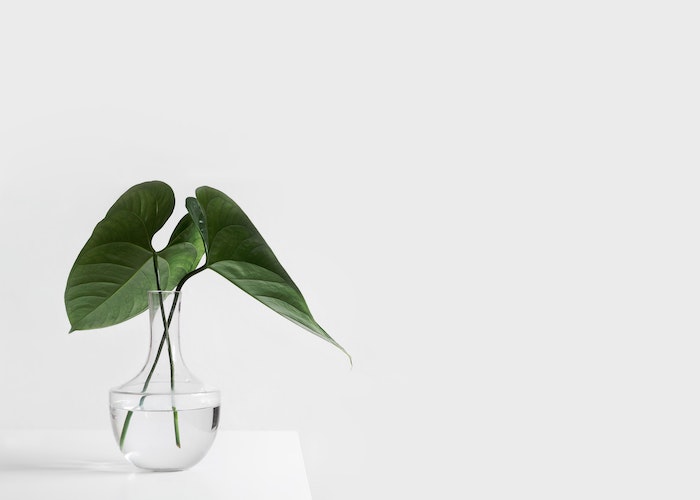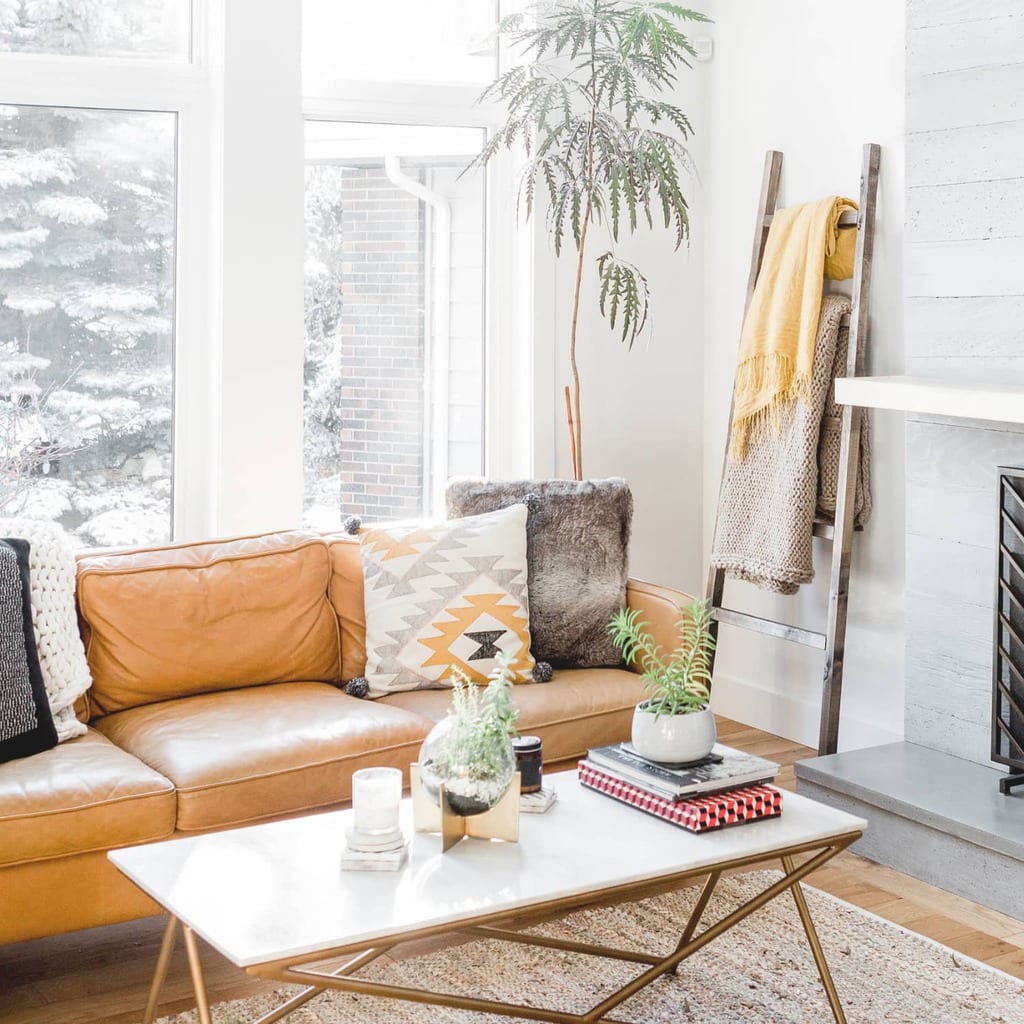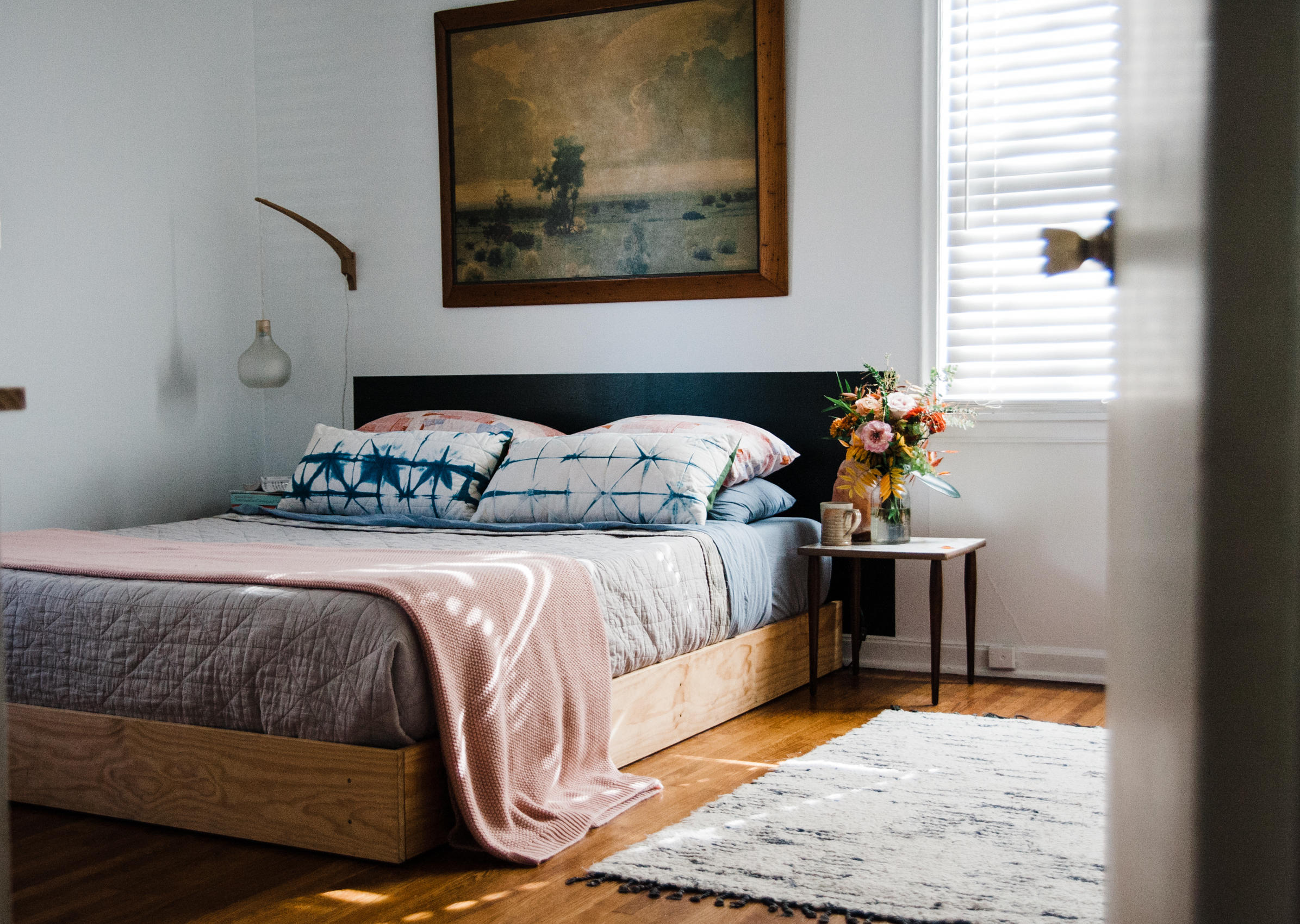The Art of Minimalism: Creating a Well Balanced and Tranquil Living Setting
The Art of Minimalism: Creating a Well Balanced and Tranquil Living Setting
Blog Article
Comprehending Minimalism: Techniques for Reducing Clutter and Enhancing Clearness in Everyday Living
Minimalism is significantly acknowledged as a practical technique to improving clarity and focus in today's cluttered globe. By methodically assessing our ownerships and focusing on intentionality, we can develop spaces that not only reflect our worths yet likewise promote psychological wellness. Employing approaches such as the "Four-Box" strategy can assist in a more well organized setting, yet the real challenge depends on growing a minimalist way of thinking that sustains these efforts. Exploring the nuances of this ideology may disclose unusual insights into exactly how you can transform your everyday life. When you embrace this deliberate simpleness?, what might you discover.
Defining Minimalism and Its Advantages
Specifying minimalism includes recognizing it as a way of living option that highlights simpleness and intentionality in both physical belongings and day-to-day regimens. At its core, minimalism encourages individuals to prioritize what genuinely matters, enabling a much more significant and focused presence. By stripping away the non-essential, minimalism invites individuals to involve deeply with their experiences and surroundings.
The benefits of adopting a minimal approach are complex. It promotes mental clarity, as lowering clutter in one's setting can lead to decreased distractions and anxiety. People commonly report boosted concentration and enhanced performance when bordered by less belongings. Minimalism advertises economic freedom; by prioritizing demands over desires, people can make more enlightened acquiring choices, leading to possible cost savings and reduced financial debt. A minimal lifestyle can yield emotional benefits, as it encourages individuals to cultivate appreciation for what they have rather than yearning for a lot more.
Ultimately, minimalism is not simply regarding worldly decrease however involves a holistic change in viewpoint, promoting a life identified by fulfillment, equilibrium, and purpose. Accepting this way of life can cause extensive modifications in how people connect and perceive with the globe around them.
Assessing Your Existing Mess
Mess frequently manifests as a frustrating build-up of items that no longer offer a purpose, creating an obstacle to accomplishing a minimalist way of life. Take note of specific classifications of items, such as clothes, publications, or kitchenware, as this will certainly assist you understand the range of the clutter.

Additionally, take into consideration the frequency of use for each product. If something has actually not served an objective in the previous year, it may be a prospect for removal. This assessment will not just clarify your connection with your ownerships but will likewise establish the foundation for reliable decluttering in the future. Ultimately, comprehending your existing mess is a crucial action toward embracing minimalism and enhancing clearness in your day-to-day living.

Practical Decluttering Techniques
Having assessed your present mess, the next action is to carry out functional decluttering strategies that official statement assist in an even more organized living area. Minimalism. One effective method is the "Four-Box" technique, where you assign four boxes identified: keep, give away, trash, and relocate. This technique encourages fast decision-making and guarantees items are classified appropriately
One more technique is the "One in, One out" policy, which stipulates that for every single new product acquired, an existing thing should be gotten rid of. This principle assists keep equilibrium and protects against accumulation gradually. In addition, consider the "30-Day Minimalism Game," where you eliminate one product on the first day, two on the second, and so forth, cumulatively promoting a feeling of success.
Limitation on your own to a particular number of valued products, allowing you to appreciate their value without frustrating your room. By utilizing these techniques, you can develop a more efficient and calm living space, ultimately improving clarity in your daily life.
Producing Willful Rooms
Producing deliberate areas includes a thoughtful technique to how we design and organize our environments, making certain each area offers a certain objective and shows our values. This method is necessary in cultivating a feeling of clearness and purpose in our lives. By seriously assessing the function of each area, we can get rid of distractions and improve our general well-being.
To create deliberate areas, start by recognizing the main tasks that will certainly happen in each area. A home workplace ought to be made to cultivate productivity, incorporating aspects such as appropriate lights, comfortable furniture, and minimal diversions. On the other hand, a relaxation location must advertise tranquility, featuring comforting colors and comfy seats.
Furthermore, consider the emotional impact of your surroundings (Minimalism). Incorporating personal things that reverberate with your values, such as artwork or plants, can improve the link to your space. Consistently evaluate these settings to ensure they remain to offer their desired function as your demands advance
Eventually, developing deliberate areas has to do with making mindful options that align with your way of life, promoting consistency and performance in your living and functioning settings.
Keeping a Minimalist Mindset
Embracing a minimal mindset requires continuous reflection and intentionality in our thoughts and actions. This technique includes growing recognition of our concerns and values, enabling us to filter interruptions and focus on what genuinely matters. To keep this state of mind, routine self-assessment is vital. Allot time to review your commitments, ownerships, and even electronic web content, ensuring they straighten with your core principles.
One more key technique is to practice appreciation. Recognizing what you already possess fosters satisfaction and minimizes the official statement wish for excess. This change in point of view motivates admiration for simplicity, improving total my blog wellness. Incorporating mindfulness techniques, such as meditation or journaling, can additionally strengthen a minimalist mindset by advertising clarity and minimizing mental clutter.
Furthermore, establish boundaries to shield your time and power. Discover to claim no to non-essential commitments and diversions that do not add to your individual development. Surround yourself with similar people who support your minimalist trip, as shared values can improve inspiration and accountability.
Verdict
In final thought, accepting minimalism provides significant benefits, including minimized mess and boosted quality in everyday life. The principles of minimalism offer as valuable tools for cultivating an atmosphere that sustains personal growth and well-being.

In addition, take into consideration the "30-Day Minimalism Game," where you eliminate one product on the very first day, two on the second, and so forth, cumulatively promoting a sense of success.
In conclusion, embracing minimalism offers considerable advantages, consisting of lowered mess and boosted quality in everyday life.
Report this page